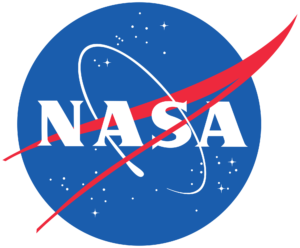 At the Human to Mars summit in Washington, D.C. on May 9, new NASA administrator Jim Bridenstine made his first major address and said the agency’s directive to return to the moon would not conflict with plans to visit Mars as well. However, he also did not present any new Mars initiatives although he discussed current and forthcoming projects
At the Human to Mars summit in Washington, D.C. on May 9, new NASA administrator Jim Bridenstine made his first major address and said the agency’s directive to return to the moon would not conflict with plans to visit Mars as well. However, he also did not present any new Mars initiatives although he discussed current and forthcoming projects
NASA lacked a permanent administrator for more than a year, and in that time, the Trump administration announced a directive to return humans to the moon. Bridenstine, who was sworn in April 23, said the two missions would be complementary ones. He said the missions would be done in tandem and that technologies could be tested on the moon that would advance the progress of missions to Mars.
These technologies include exploring long-term life support and establishing living quarters on the surface of the moon and Mars. Bridenstine made an analogy to the railroad industry of the 19th century and said that a similar effort that linked the American West to the rest of the country would take place in space.
He named two robotics Mars missions as the start of that expansion. One, the InSight Mars lander, launched on May 5 and will explore the planet’s interior. Its findings will help in assessments about how dangerous exploring Mars may be since its focus on how rocky planets evolve will advance understanding of meteorite strikes, volcanic activity and quakes on the planet.
Another mission, the Mars 2020 rover mission, has a number of tasks. It will search for environments that may be habitable and also test whether oxygen can be processed from the planet’s atmosphere. It may also collect samples that can be returned to Earth for testing.
Two other significant elements of an eventual mission to Mars are the Space Launch System rocket and the Orion deep-space spacecraft. Each of these will permit further exploration into deep space.
The summit is schedule to run through May 10.





